Why You Should Care About the Arctic National Wildlife Refuge—And What You Can Do to Help Protect It
Photo by POW Creative Alliance member Ming T. Poon
POW Creative Alliance member Brennan Lagasse recently returned from an emergency gathering with the Gwichʼin Nation—here’s what he learned.
In early September, POW Creative Alliance member Brennan Lagasse was invited to join an emergency gathering of the Gwichʼin people, to be held in Vashrąįį Kʼǫǫ, also known as Arctic Village, Alaska. The urgent issue at stake? Protection of the Arctic National Wildlife Refuge. Specifically, the refuge is under imminent threat of seismic exploration, the invasive process oil companies use to determine where to drill for oil. The Alaska Wilderness League compares this exploration process to dozens of 90,000-pound trucks, which weigh more than a herd of elephants, being driven across fragile permafrost and ice. This can leave permanent scars on one of our nation’s most wild ecosystems, sacred grounds for the Gwichʼin and calving grounds for the Porcupine caribou herd.
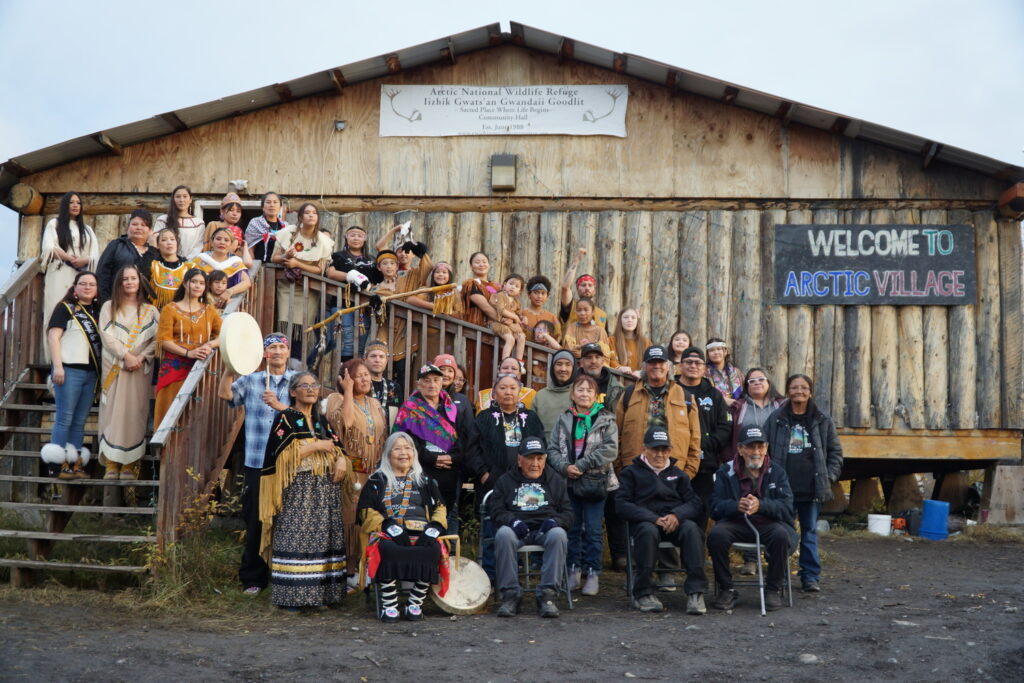
Lagasse, a sustainability professor at the University of Nevada, Reno at Lake Tahoe, has been visiting Arctic Village by invitation since 2014 and has taken his students there on several occasions to learn from and listen to the Gwichʼin elders about their way of life and how to protect this important ecosystem. But this recent meeting was different than his previous trips. It felt like mission-critical. We called up Lagasse to ask about what went on in the meetings and what we can all do to help.
POW: How often do the Gwich’in people call these meetings?
Brennan Lagasse: In 1988, the Gwich’in Nation came together for the first time in over 100 years in Vashrąįį Kʼǫǫ. Historically, the Gwich’in—which means “people of the caribou”—were nomadic, traveling the migratory route of the Porcupine caribou herd. In 1988, they met to discuss the threats to the caribou calving grounds and to take a unified stand to protect this land. They chose eight elders to make friends with the world, tell us their story, and share their way of life to show the rest of us why it’s important to protect this place. The tribe now gets together every two years to reaffirm this position in different Gwich’in villages in Alaska and Canada. But this year was different—the elders called an emergency gathering because of the threats to the Porcupine calving grounds.
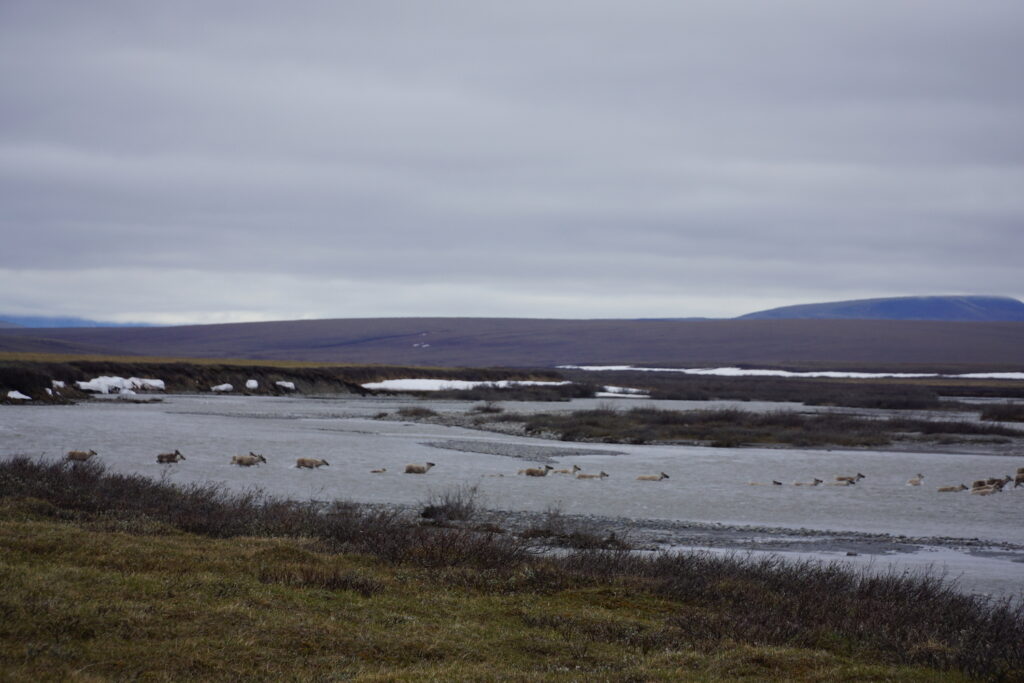
POW: What are the most pressing threats right now?
BL: The specific threat is that they will be drilling for oil, but nobody knows how much oil is underground. This has been debated for decades, since the boundary was established on the refuge in 1980 under the Carter Administration, and it has been almost opened up for drilling multiple times since. But the Trump Administration has taken the strongest steps toward opening it, including a failed lease sale of the land. Seismic testing is going to show what’s in the ground and be hugely impactful. Once it goes on the tundra, those marks are irreversible. The impacts to the land and calving grounds, denning polar bears, and even offshore species, that was the impetus for this emergency gathering.
POW: Why does this refuge mean so much to you?
BL: I care deeply for the people who are inextricably linked with these lands. The friends on the North Slope and everyone in Vashrąįį Kʼǫǫ have taught me well, which ultimately guides my care about the refuge. There are no ecosystems in the world that remain intact like this one. It’s as healthy as it was thousands of years ago. There’s a value in knowing that a place like this exists, where different species come every year to give birth to their young, and migratory birds from all over the world come to nest. All land deserves respect and protection, but there are places that are so special that if you do get to experience them, you’ll never unlearn them. Even if you never get to go there, knowing it exists and knowing what could be lost should be enough.
POW: Is it common for the Gwich’in to invite outsiders like yourself to their meetings?
BL: The Nation has a lot of friends. I am a friend, someone who consistently comes up to visit and brings students to learn. We’ve shared our experiences, and I know how important it is to respect the Indigenous ways of life of the Gwich’in people and the importance of protecting the Arctic Refuge from a climate perspective as well. There were other outsiders there too, including the Alaska Wilderness League and representatives from other supporting organizations.
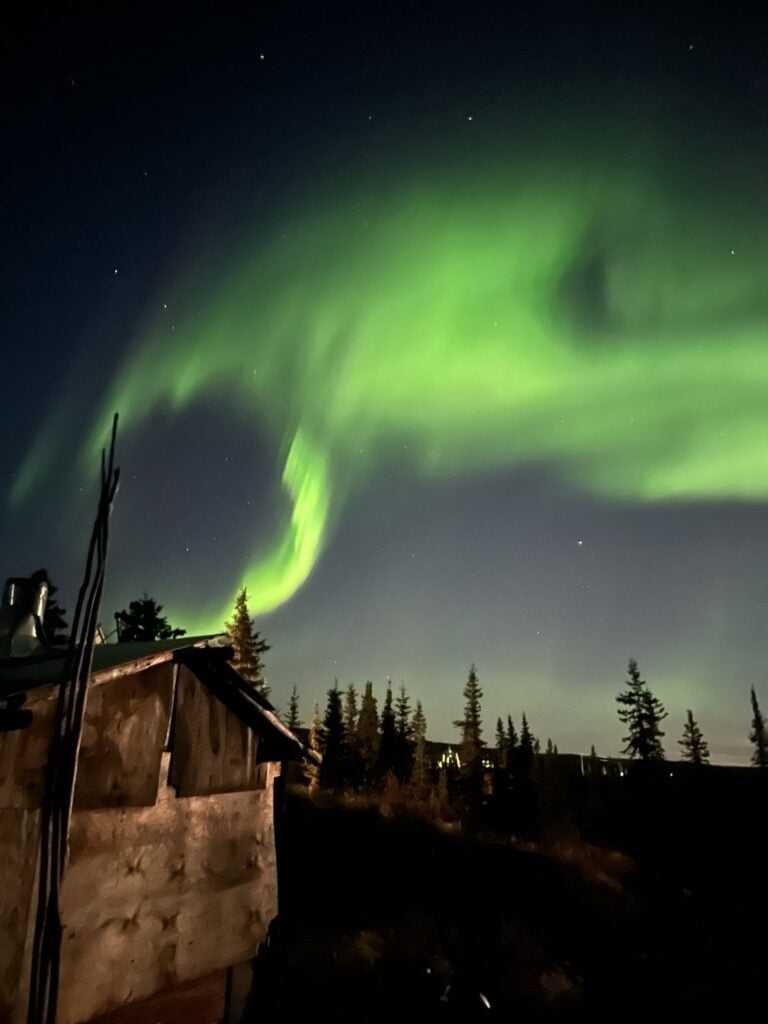
POW: Describe what happened during these four days of meetings.
BL: There was no agenda. It was a non-Western directive requested by the elders to focus solely on the Arctic Refuge. Everyone meets at the community hall in the middle of the village, which was built in 1988 for that original Gwich’in gathering. Tribal government leaders and elders sat at a table in the room, making opening remarks. People then spoke and shared about ongoing work, and they developed a strategy for moving forward. This went on for days. Each night, a huge dinner would be served, with everyone sharing traditional foods together. After dinner, there would be music and dancing.
POW: What was the feeling in the room?
BL: The late ecophilosopher Joanna Macy talked about active hope, and it felt very much like that: This active hope was alive and thriving every day of this gathering. People were happy to see each other, there was humor, and it was a lively environment. There’s a different energy that far north. You’ve been engaged in these deep discussions all day, but then it’s two in the morning, and you’re laughing and dancing and so full of life.
POW: What was your takeaway upon leaving the meeting?
BL: I didn’t leave being afraid that the biggest threat is coming down the line. Yes, people are worried and concerned, and we talked about strategies, but we left saying, ‘let’s be aware, let’s work on this, let’s not stop.’ We’ll find a way to honor the land, honor the species, honor the people. We are stronger together, more so than we are in isolation and defeat. The original stewards of the refuge are leading the way and organizing to do something that’s so important for that part of the world, but also so important for the rest of the world. If you can recognize that this has been a group effort internationally, led by the people on their own land, then in fact, this is something to celebrate. Coalition building can work.
POW: Why should people care about the Arctic National Wildlife Refuge when there are so many places in jeopardy around the world?
BL: All of these struggles are interconnected. What happens in the Arctic is an indicator of what will happen to the rest of the planet. It’s just happening quicker up there. What we should be thinking about is how our actions in the Arctic are going to impact future generations? If we could live that way, we’d have a more livable and thriving world for everyone. Whatever your politics are, let’s come to the commonality that the earth is changing. You can’t make this up. Not allowing extraction in this region should be one of the top priorities for anyone who cares about the climate.
POW: OK, so what can we all do to help?
BL: Put yourself out there, look to the people who are doing good work, and follow their lead. Look at your banks and insurance companies that are supporting resource extraction projects that will continue to fuel the climate crisis, specifically in the Arctic Refuge. Ask your bank, are you funding development in the Arctic? You’ve got to know the history. How was the refuge created in the first place? If you want to know more, read the book, Defending the Arctic Refuge, by Finis Dunaway. Watch “Walking Two Worlds” by Quannah Chasinghorse. Stay up to date through the Gwich’in Steering Committee. The elders have said since the beginning: Be aware of the roots of where all of this comes from. You can lend your support by making a phone call, writing a letter to the editor, or signing a petition: That’s how this land is still protected today.
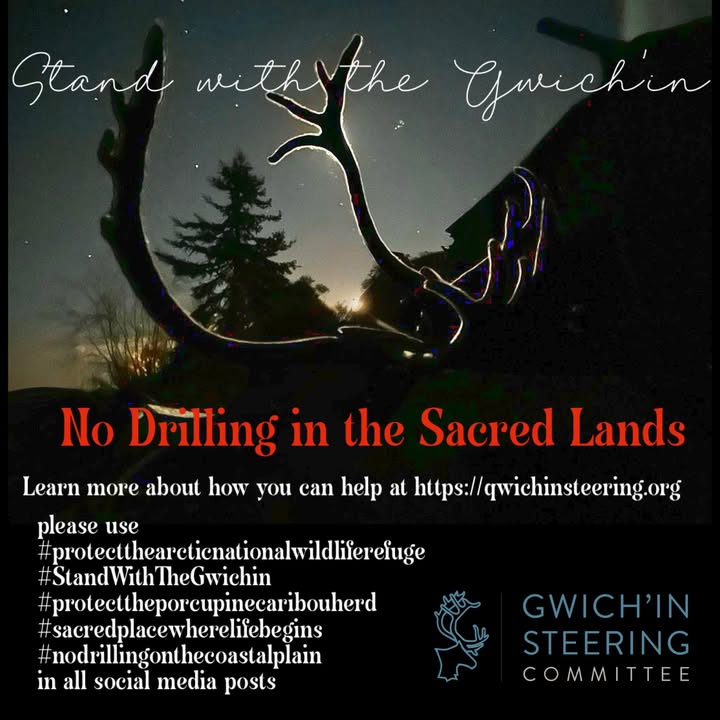
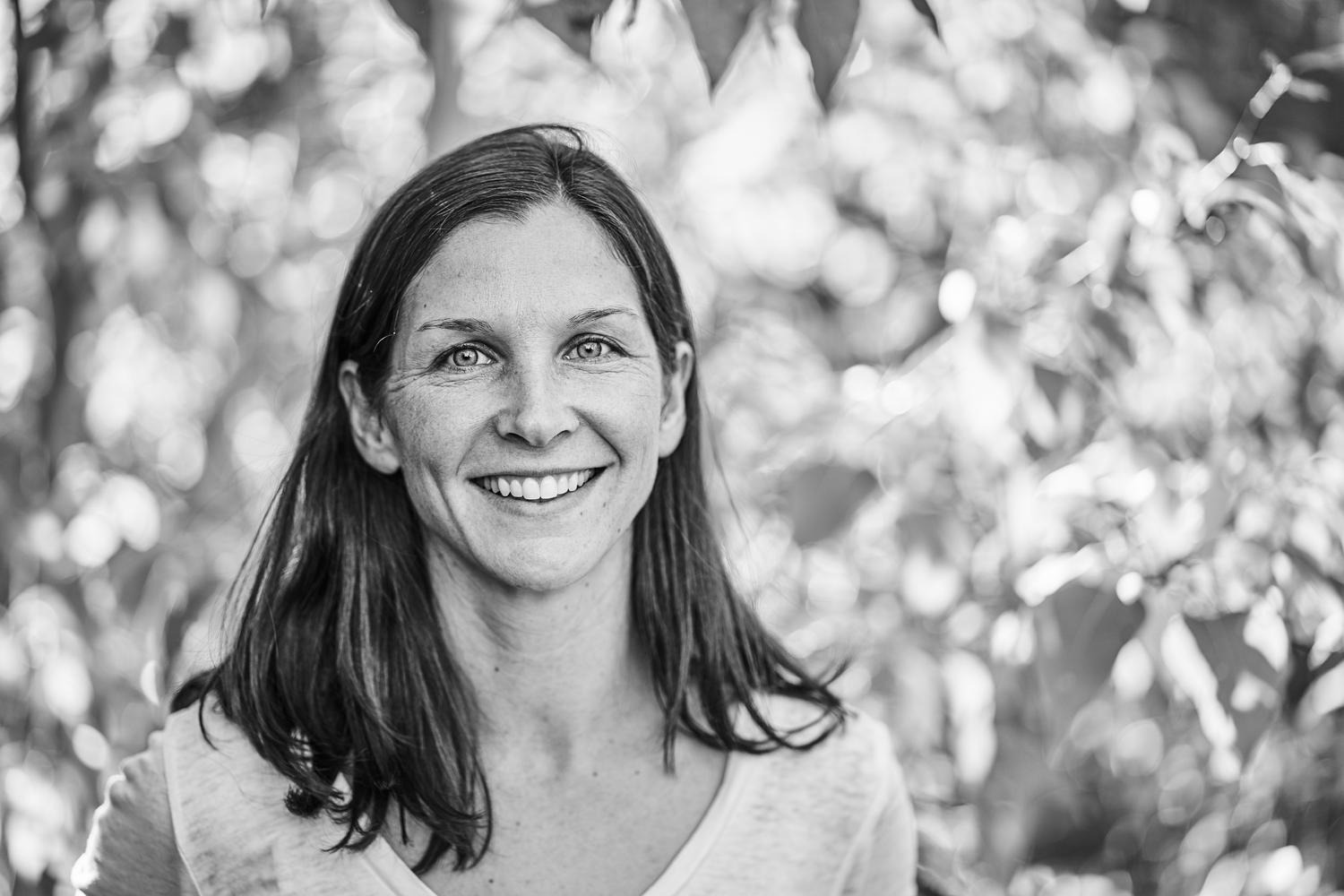
Author: Megan Michelson
Megan Michelson is a freelance journalist based in Tahoe City, California. She is a contributing editor at Outside Magazine, an editor at large at Backcountry Magazine, and a contributor to publications like the New York Times, the San Francisco Chronicle, Ski Magazine, Powder Magazine, and more.
